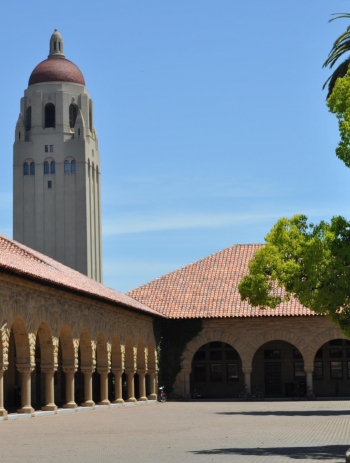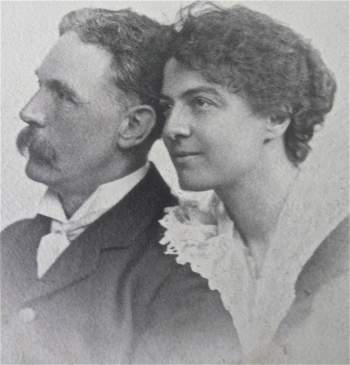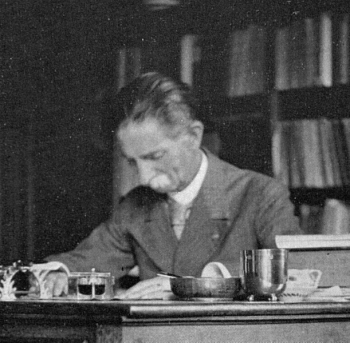Buddhist Studies in the academy is going through a gradual and understated trend. Yet, this trend is one of the most important stages in its intellectual evolution. Since the 1990s, Buddhist Studies has been welcoming more insiders who marshal systematic and rational arguments to benefit people that share their faith. For lack of a better word, over the past decade these men and women have been termed “scholar-practitioners.”
Based mostly in American colleges, they are broadening the horizon of Buddhist Studies and posing urgent questions: “Who is Buddhist Studies for?” “What is its ultimate purpose?” “How can it serve as many needs as possible?” The answers could shape not only the trajectory of academic Buddhism, but also how the wider Buddhist community understands itself for the next hundred years.
Buddhist Studies is a creation of modernity. In the late 19th century, the seats of influence and prestige were held at centers of learning that examined Buddhism as a historical object rather than a living, breathing religious force. The Franco-Belgian, Anglo-German, Japanese, and Saint Petersburg schools of Buddhist Studies carved out their scholarly specialties like colonial territories. They focused on textual studies, philology, languages, translation, and archeology (and in the case of the Russian school, anthropology). While sometimes lumped under the cumbersome heading “Buddhology,” these foci were more characteristic of biblical criticism or the philosophy of religion.
Theology—or its Buddhist counterpart—implies some level of commitment to the claims of the religion being studied. Louis de La Vallée-Poussin and Étienne Lamotte were Catholic pioneers who contributed immensely to Buddhist Studies but were by no means Buddhist. Buddhist Studies was therefore closer to the secular Studies in Religion curriculum than the more diverse courses we see today.
Thanks to the rise of the scholar-practitioner, the question of scholar versus practitioner is outdated. Their ascendancy was due to socio-historical factors like the lack of Buddhist monastics in the West. By the 1960s, when the Buddhist diaspora was in full swing in America, Western lay Buddhists—a far cry from the non-Buddhist Buddhologists—quickly realized the need to deploy the resources of the European university culture to fill the pedagogical vacuum of absent clergy.
An informal equivalent to church theologians, scholar-practitioners have demonstrated that it is possible to enter the academy with an explicit intention to do what Christian, Islamic, or other theologians have done for centuries in the university environment. This includes trying to better understand their own tradition, to make comparisons with other faiths, to defend or justify particular religious beliefs, and to facilitate reform or propagation. In other words, scholar-practitioners aim to draw out modern meaning and ministry from an ancient inheritance.

















